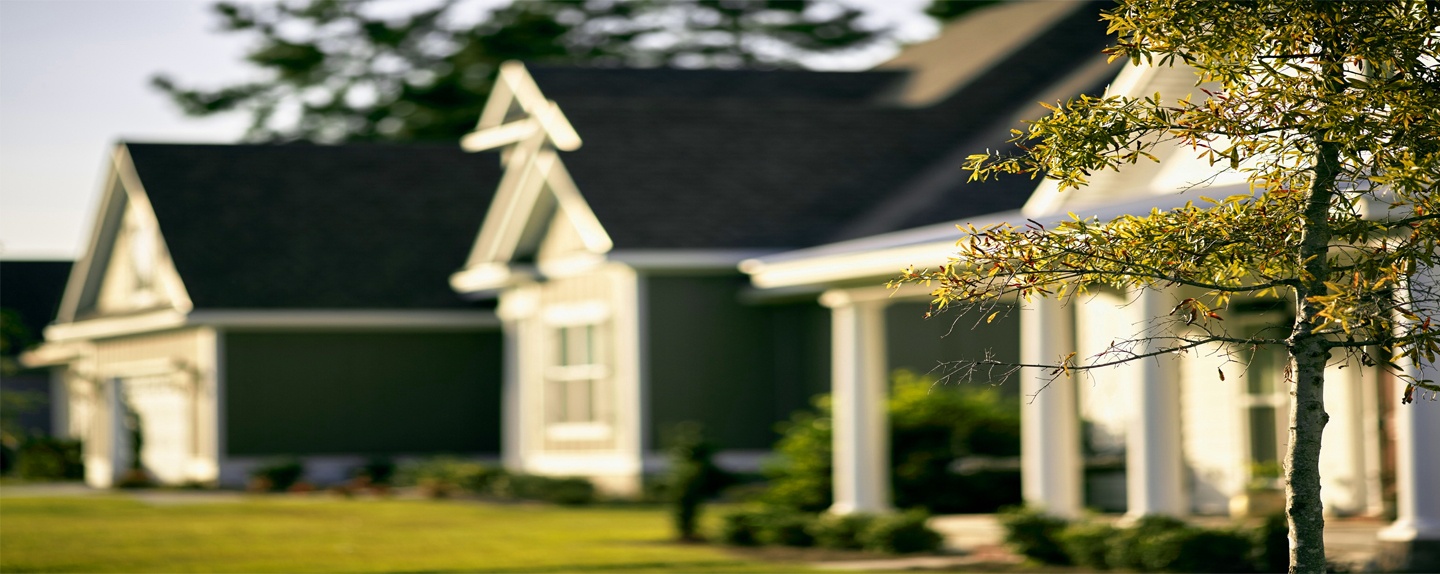It’s not unusual for us to get some nice warm days in the North Shore or even a string of them like we just had, in mid-winter. Our little reprieve has ended rather abruptly so don’t let those warm days trick you into thinking you should be outside working on your lawn. It may be tempting to get out there and start repairing snowplow damage and seeding bare spots but don’t get ahead of yourself.
If the ground is wet, you shouldn’t try to work it over as you can impact the soil structure and change the drainage of the area. Working wet soil can cause it to become almost as hard as concrete. Water will not percolate down and grass roots will be unable to penetrate it and become established.
Salt Damage
One thing you could be on watch for in any warm spells is rock salt damage along the driveway, walkways and streets. While the salt is saving the roads, sidewalks, and your driveway from slippery conditions, you may notice strips of brown grass along their edges when the snow begins to melt. The salt that breaks through the ice and snow is powerful enough to also dry out your lawn’s roots and result in bare patches.
Salt damage on your lawn can vary from a variety of conditions including the amount of salt as well as the type of grass. Although salt-damaged grass often rebounds when the snow melts in early spring and the spring rain starts to fall, you can help this recovery along.
If weather allows, the first step you take should be to rinse your plants and soil with water as soon as the temps go above freezing, and the snow dissipates. Soak the affected grass for a two to three-day period to clear any residual salt. Be careful using water from a spigot so as not to cause any damage to your home’s plumbing. Monitor the temperatures and turn off the water from inside your home as temperatures fall below freezing.
If the damage has been done, wait until the soil as dried out enough to tolerate traffic and working. Rake out as much of the dead grass as possible and seed the areas if necessary. Mark off areas that are seeded so the crabgrass preventer included in your first weed and feed of the season isn’t applied to the area as this will also prevent desirable cool season grass seeds from germinating and establishing. Also avoid spraying weed control in those areas until you see grass blades tall enough to be mowed (usually 3 to 3½ inches).
Future Prevention Of Salt Damage
- Find a salt alternative – Salt is great for deicing but not so great for keeping a healthy lawn. There are salt-alternatives available that might be worth considering. Creative homeowners have explored items such as sand, kitty litter, alfalfa meal, coffee grinds, and potassium and magnesium chloride to accomplish their deicing needs.
- Decorative borders – In addition to curb appeal, hardscaping efforts can protect your lawn from salt damage this winter. Adding a decorative edge of cobblestones or washed gravel can widen your walkway and eliminate grass that could otherwise be damaged. Who knew those eye-catching decorative borders could have a dual purpose?
Get More Info From The Pros!
Looking for more information on salt damage or just ready to let the professionals take over your lawn care needs? The Grassmaster Plus team is ready and willing to answer any questions you have and can provide you a free quote on your lawn care services for the season. Contact our local office today!

